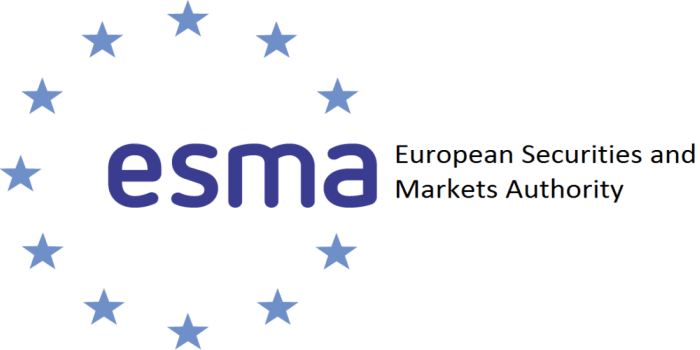Exploring Sustainable Finance: ESMA’s Guidance & Key Concepts

In the realm of sustainable finance, there are several key points, important arguments, and recurring themes that demand our attention. These concepts have been intricately woven throughout a document that sheds light on the efforts made by the European Securities and Markets Authority (ESMA) to provide guidance and clarity in this field. Let us delve into the details and explore the significance of these points.
ESMA’s Explanatory Notes
ESMA has taken a significant step by publishing three explanatory notes, which serve as the foundation of our discussion. These notes aim to elucidate the concepts outlined in the EU Sustainable Finance framework. Rather than introducing new interpretations, ESMA has consolidated existing guidance into one consolidated resource. This consolidation effort is likely to be well-received by market participants, as it simplifies access to essential information and eliminates the need to navigate through multiple sources.
Sustainable Investments
One of the notes that deserve special attention is the Sustainable Investments note. It acknowledges that the notion of sustainable investments is subject to individual interpretation by Financial Market Participants. ESMA refrains from imposing obligatory minimum thresholds, recognizing the diverse perspectives and approaches within the industry. However, it is worth noting that paragraph 22 of the note sheds new light on the matter. ESMA introduces two “safe harbours” under the Sustainable Finance Disclosure Regulation (SFDR) that automatically qualify as sustainable investments. This fresh perspective provides a clearer standpoint compared to previous discussions on the topic.
Do No Significant Harm (DNSH)
The document also addresses the concept of “Do No Significant Harm” (DNSH). It outlines the definitions and criteria for determining whether an economic activity qualifies as sustainable. However, it is essential to highlight that the document does not provide a definitive list of activities that meet the DNSH criteria. Instead, it emphasizes the importance of considering the impact on environmental, social, and governance factors when assessing the sustainability of an activity.
Another noteworthy aspect of the document is the emphasis on estimates. ESMA recognizes that in certain cases, it may be challenging to obtain precise data to assess the sustainability of an investment or activity. In such situations, estimates can be used, provided they are based on reliable methodologies and assumptions. This recognition of the practical limitations faced by market participants adds a layer of flexibility to the framework.
While the document offers valuable insights and clarifications, it is crucial to consider its practical implications. For instance, paragraph 17 of the document limits the application of good governance solely to government bonds, aligning with the Commission’s response. However, this does not necessarily mean that firms that currently limit good governance to corporates only are obliged to readjust their approach. It is essential for market participants to carefully analyze and interpret the document in relation to their specific circumstances and obligations.
Summary
In conclusion, the document published by ESMA provides a comprehensive overview of key concepts within the sustainable finance domain. Its clarity and guidance contribute to a better understanding of sustainable investments, the DNSH principle, and the role of estimates in assessing sustainability. By consolidating existing guidance, ESMA has made a significant contribution to the sustainable finance landscape. As we move forward, it is crucial for market participants to analyze and implement these concepts effectively, ensuring accountability and promoting sustainable practices. Let us embrace this opportunity to drive positive change and create a more sustainable future for all.
Interested in speaking with our consultants? Click here to get in touch.

